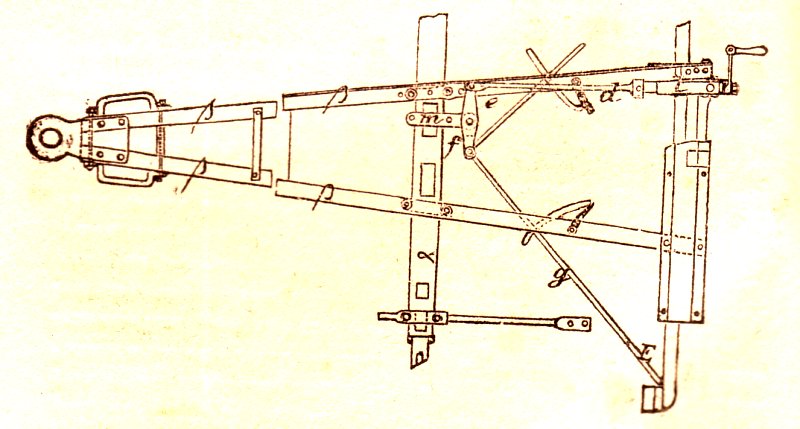 |
| From, like this image, CUP. |
For now, I pretty much have to confine myself to pointing out the power of this observation. It tells us that the collapses of early historic civilisations are normal. We don't have to invoke either weather or Volkerwanderungen to explain them. We don't have to explain them because they're not interruptions in an ineluctable social evolution from simplicity to complexity, but rather semi-predictable hiccups along the way.
In this, they're like the business cycle, an analogy/identity that I've already tried out. But I want to push this a little further. Specifically, I want to build a complex, yet deceptively simple apparatus that will cross country and do important work. Like this one:
 |
| The closest thing to a sketch out of an old-time artillery cadet's workbook I could find: Thanks, Mr. Lovett! |
And, yes, this is a complex apparatus for going places. I know that it doesn't look complex. That's probably why people ignore them a lot these days, as I can tell you from googling around far too much this morning. Ah, well, someday, this book will be up on Google Books.
So why is this apparatus complex? The problem the designer is set is to build a wheeled device that will be yoked to a team of horses, dragged at the gallop across a rocky, rutted field, and repeatedly subjected to the recoil of a massive cannon. And before this can happen, it will be rolled long distances across country, possibly off-road, in all kinds of weather. Obviously it has to be as light as possible, but let's throw in the additional requirement that it be repairable at a field forge. (No trip-hammer forge for you!) And then we'l throw in the additional requirement that it has to be made of bronze and wood, and put the date of the assignment back a few thousand years. No calculator or tables of mechanical properties for you. Heck, no drafting paper!
Now, it's also not a theoretical apparatus, but rather a pretty grounded technological practice: the Late Bronze Age chariot. But smarter people than I have shown how to dance back and forth across this gap. And while I quail before the idea of imitating them, I'm not assigning me the job. I'm giving it to the me-of-tomorrow. Eh. He's got all day.
No comments:
Post a Comment